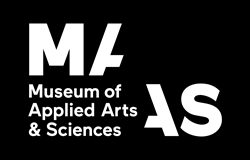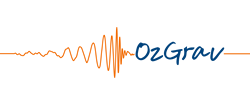When: Wednesday 14th November, 2:40pm – 3:40pm
Where: L2, Level 2 to the left of the registration/foyer area, down the hallway and through the doors on the right
Hashtag: #W17
Photosynthesis is probably one of the most misunderstood and undervalued of the biological processes by the public. Perhaps this misunderstanding is due to the difficulty to show and engage the public with an imperceptible process that takes place within microscopic structures inside leaves.
This poster will show a group of displays focused on photosynthesis that we have been developing in the past two years, as part of the Australian Research Council (ARC) Centre of Excellence for Translational Photosynthesis. This small exhibition of photosynthesis has been used in public events to engage the public with a topic that, despite its importance in our lives (we will either asphyxiate or die of hunger if it stops), is rarely presented in the form of interactive, visually appealing displays.
Session
Case studies: Visualising science
Presenter
Natalia Bateman, Communications officer, ARC Centre of Excellence for Translational Photosynthesis
